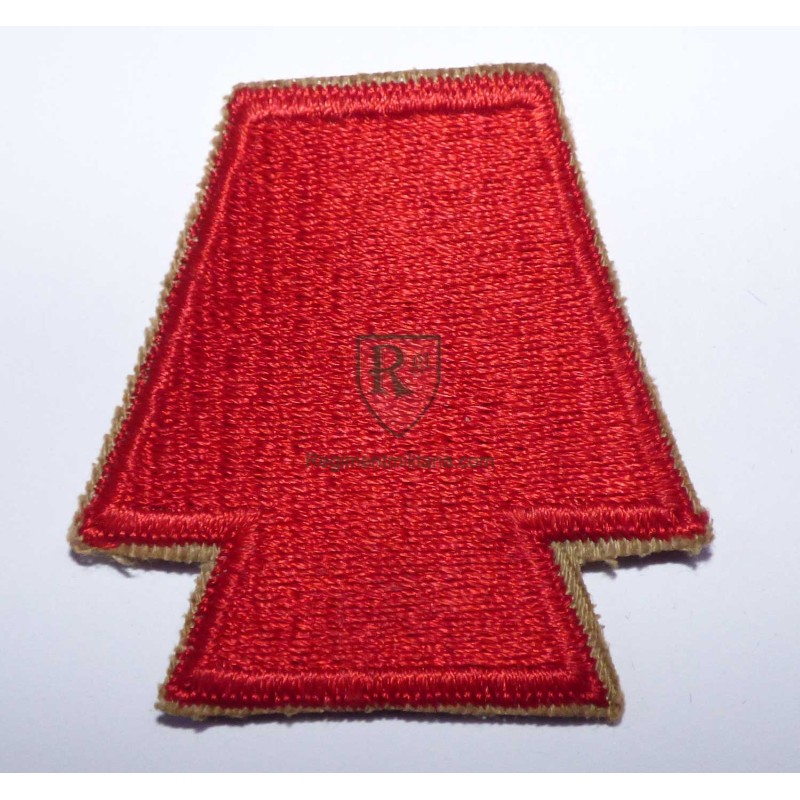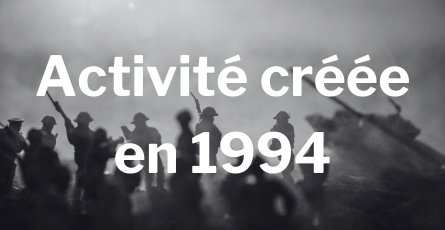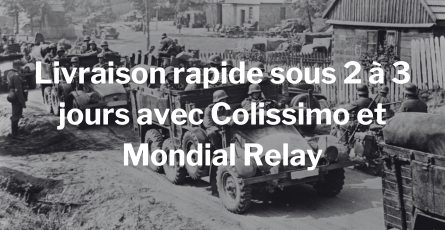

Banner

Banner




28th Infantry Division cut edge Patch.
 Garanties sécurité
Garanties sécurité
(à modifier dans le module "Réassurance")
 Politique de livraison
Politique de livraison
(à modifier dans le module "Réassurance")
 Politique retours
Politique retours
(à modifier dans le module "Réassurance")
28th Infantry Division cut edge Patch. original, WW2.
The division, now under Major General Lloyd Brown, left the United States and went overseas on 8 October 1943, arriving in South Wales soon afterwards, where it began training for the invasion of Northern France. On 22 July 1944, the division landed in Normandy, seven weeks after the initial D-Day landings and was almost immediately involved in Operation Cobra.
The 28th Infantry Division pushed east towards the French capital of Paris through the Bocage, its roads littered with abandoned tanks and bloated, stinking corpses of men and animals. In little more than a month after landing at the Normandy beachhead, as part of the Allied invasion of Normandy, the men of the 28th entered Paris and were given the honor of marching down the Champs-Elysées on 29 August 1944 in the hastily arranged Liberation of Paris.
At the end of November 1944 a German "pocket" of resistance formed in the French Alsace region centered in the city of Colmar. The Colmar Pocket consisted of a strength of eight German divisions and a brigade of Panzer tanks. Combined forces of French and American armies were initially unsuccessful in closing this pocket.
Men of the 28th Infantry Division march down a street in Bastogne, Belgium, December 1944. Some of these men lost their weapons during the German advance in this area.
General Dwight D. "Ike" Eisenhower, the Supreme Allied Commander on the Western Front, called the Colmar Pocket "a sore" on the 6th Army Group's front. The 6th Army Group was commanded by Lieutenant General Jacob Devers. The French First Army commander, Jean de Lattre de Tassigny, and Devers met on 11 January 1945 and agreed it was long since time to drive the Germans back out of France. Two days later, de Lattre and Devers made a request to Eisenhower for reinforcements so their armies could make an offensive on the Colmar Pocket. Eisenhower's aide, Major General Walter Bedell Smith, subsequently told Devers that the 10th Armored Division and the 28th were being placed under his command. Smith also warned Devers that, after three months of intense fighting on the Siegfried Line as well as fighting off the initial thrust of the offensive, the 28th—put back into action in a defensive position along the Meuse River from Givet to Verdun on 2 January 1945—was "capable of only limited offensive action."
Battle plans were soon made and, on 19 January, the 28th went into action on the northwestern section of the pocket in the Kaysersberg Valley supporting the beleaguered 3rd Infantry Division, which had been holding there since late November 1944. Despite the bitterly cold conditions, the Allies prevailed. German intelligence knew nothing about the 10th and 28th presence in their sector until they attacked. The 28th advanced westward and pressed steadily toward the city of Colmar. In less than 10 days they reduced the pocket by half and the German Führer, Adolf Hitler, who almost always refused to retreat, gave the order in the early morning of 29 January for a partial retreat of his troops in the northern sector of the pocket. By 2 February, the 28th had cleared Colmar's surrounding areas and the French 5th Armored Division led the way into the town. On 9 February, the final organized German troops in Alsace were pushed back across the Rhine.
The 109th Infantry Regiment received the French Croix de guerre from Charles de Gaulle.
The division was on the front line for 196 days of combat. Francis J. Clark was awarded the Medal of Honor; and 29 Distinguished Service Crosses ; 1 DSM; 435 Silver Stars; 27 Legion of Merit; SM - 21; Bronze Star Medal 2,312; AM - 100 were awarded.[32] The division returned to the United States on 2 August 1945 and was inactivated there on 13 December 1945.
Men of the 28th Infantry Division march down the Champs Élysées in Paris, 29 August 1944.
After enjoying a brief respite, absorbing replacements of men and equipment, the division, now commanded by Brigadier General Norman Cota, formerly the Assistant Division Commander (ADC) of the 29th Infantry Division, headed to the German defensive Westwall.
A small night patrol of the 109th Infantry began the division's protracted struggle on the Siegfried Line on the Dragon's teeth (fortification) infested Westwall. The patrol crossed the Our River by bridge from Weiswampach, Luxembourg into Sevenig (Our), Germany, making it the first of the Allied armies to reach German soil. The 28th suffered extremely heavy casualties that autumn in the costly and ill-conceived Battle of Hürtgen Forest (19 September to 16 December 1944); the divisional history conceded "the division accomplished little" in the battle.[24] The campaign was the longest continuous battle the U.S. Army fought in World War II. Finally, a tenuous line along the Our and Sauer Rivers was held at the end of November, only to be abruptly broken by two panzer divisions, three infantry divisions and one parachute division (including the 352nd Infantry Division and the 5th Parachute Division) in an infantry-tank attack on the "Ridge Road" just west of the Our River on 16 December.
The Ardennes Offensive was launched along the entire divisional front by the 5th Panzer Army led by General der Panzertruppe Hasso von Manteuffel.[26] The 28th, which had sustained heavy casualties in the First Army drive to the Roer, fought doggedly in place using all available personnel and threw off the enemy timetable before withdrawing to Neufchâteau on 22 December for reorganization, as its units had been badly mauled.
Reference: F2E486
Reference: F2E422
Reference: IND047
Reference: U2E743
Reference: F2E463
Reference: F2E409

28th Infantry Division cut edge Patch.
check_circle
check_circle